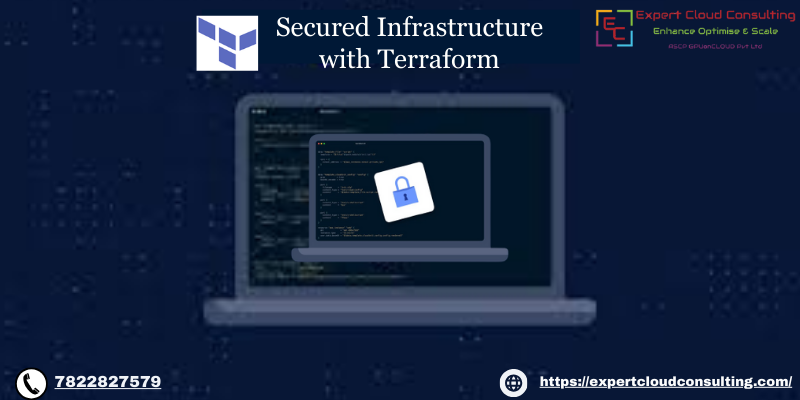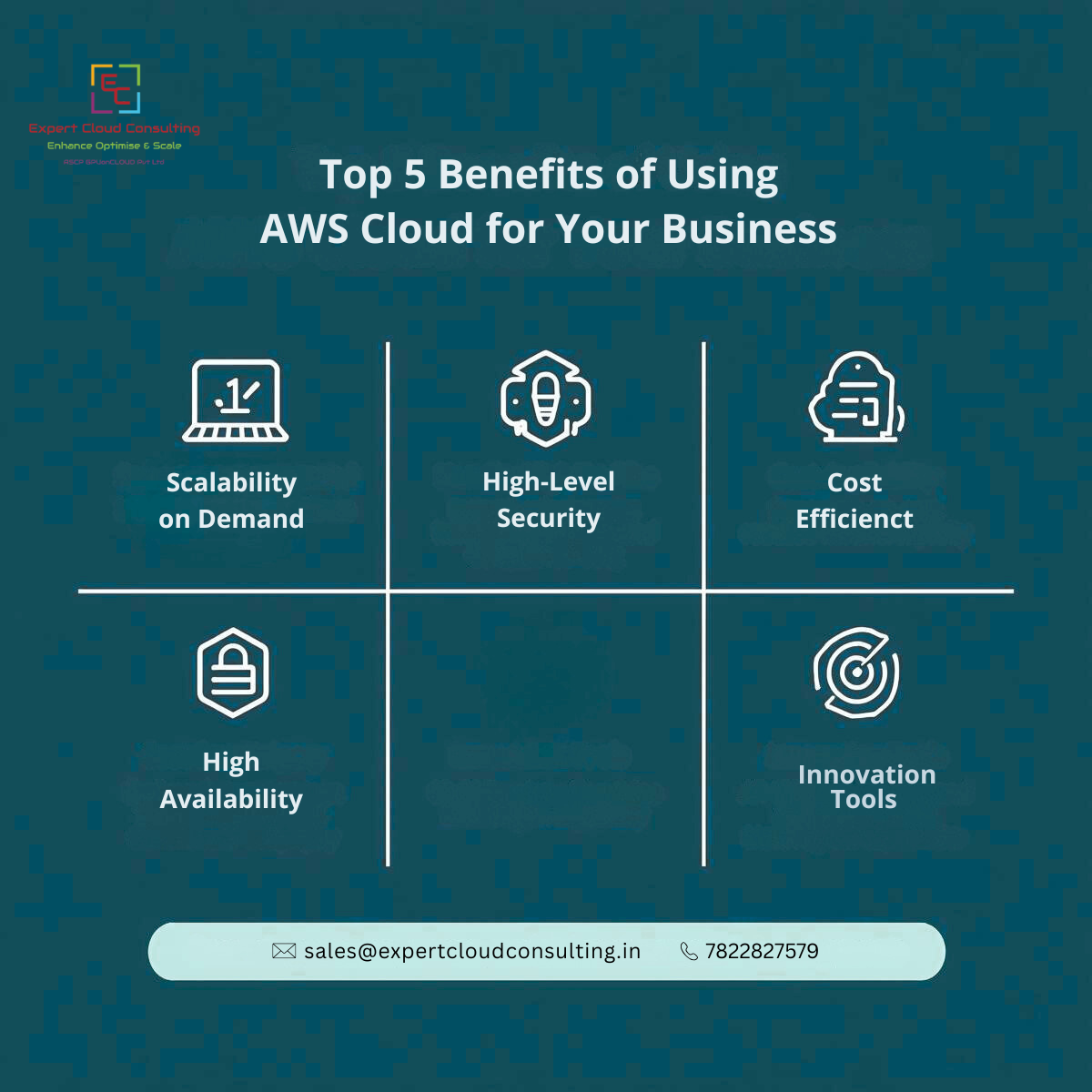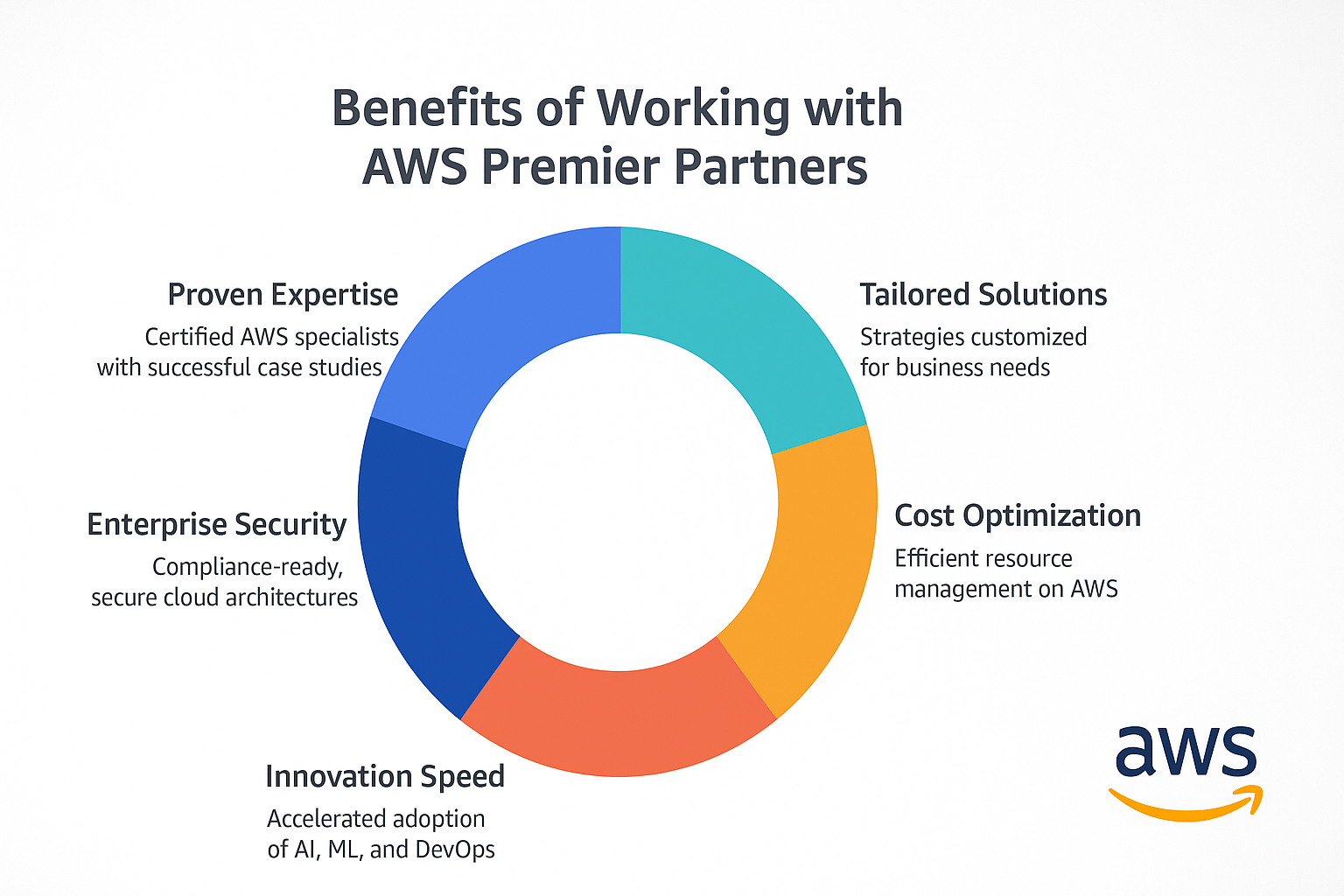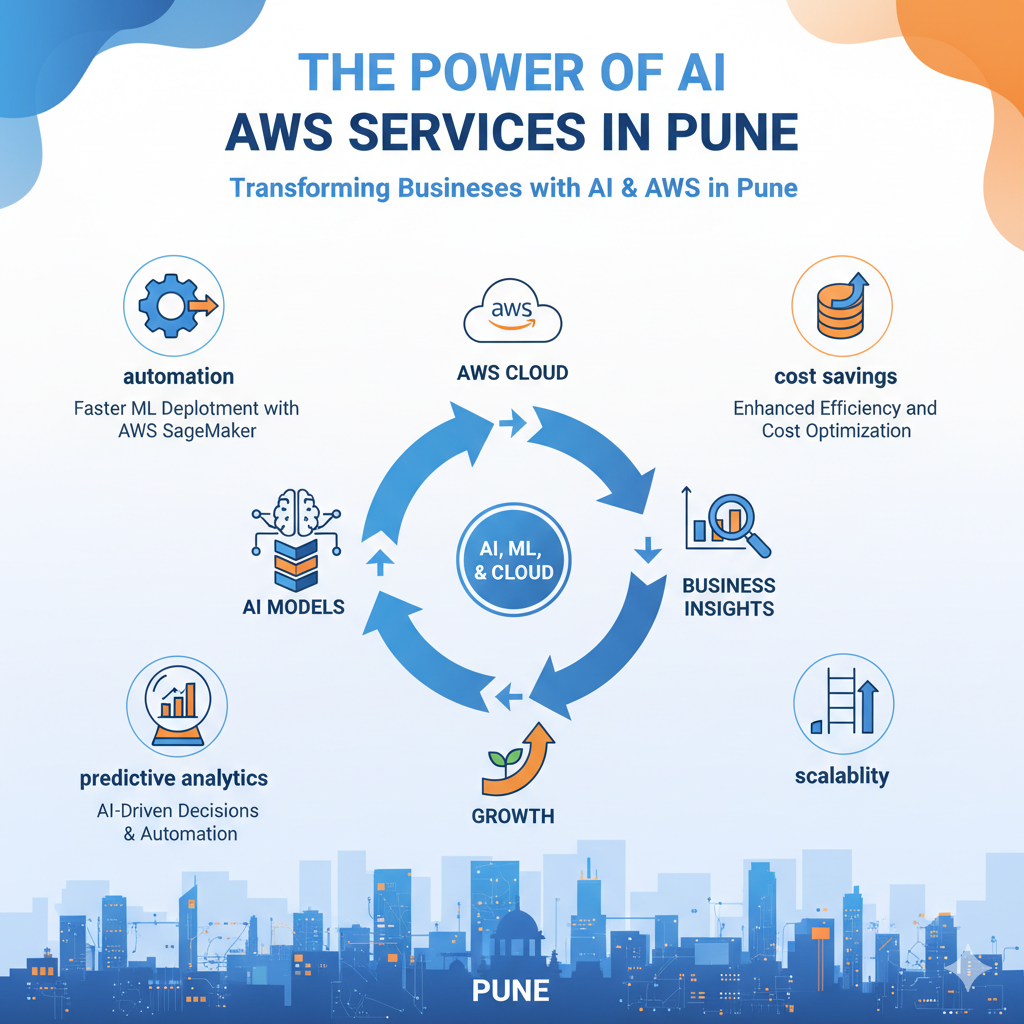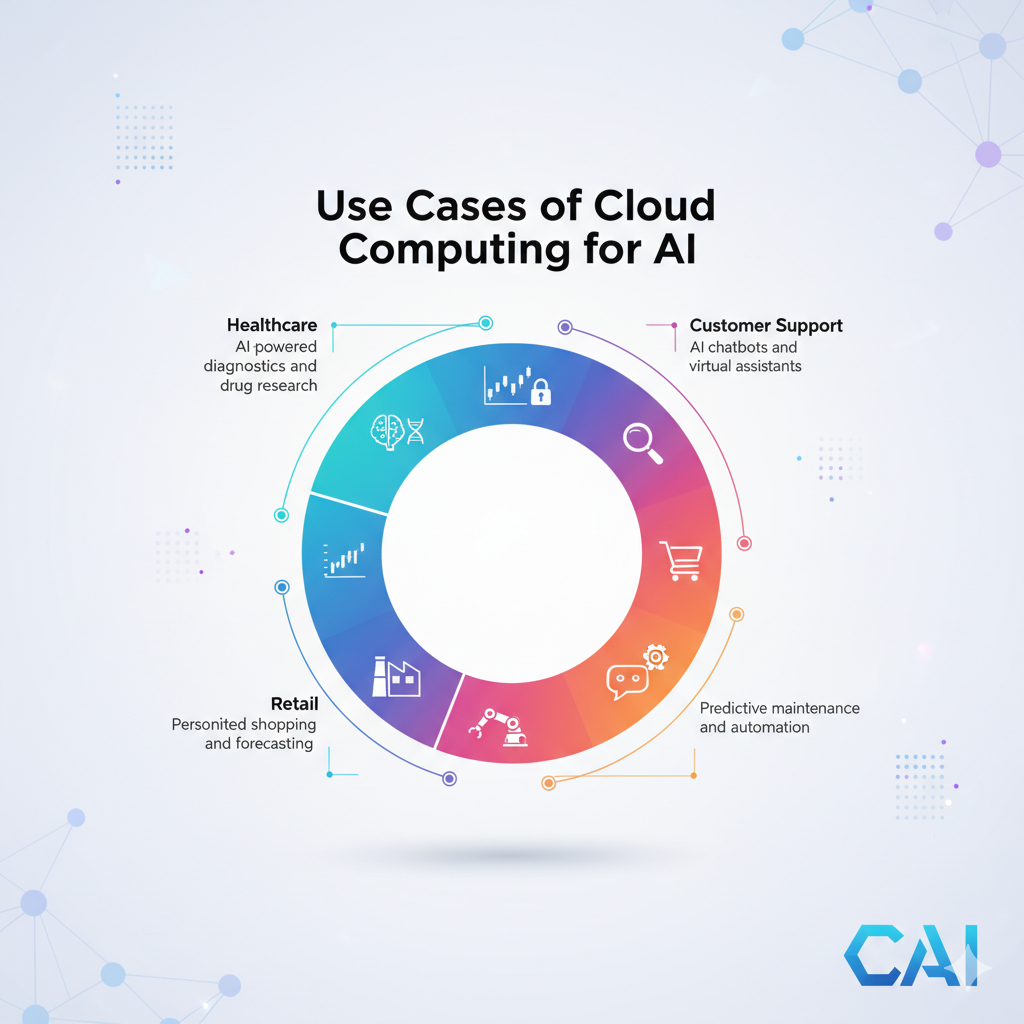Introduction
In the ever-evolving landscape of cloud computing, security is a paramount concern. Organizations need to ensure that their infrastructure is not only efficiently managed but also secured against potential threats. This is where Terraform, an open-source infrastructure as code (IaC) tool, can play a pivotal role. 🛡️ Terraform has gained widespread popularity for provisioning and managing infrastructure in a reliable and scalable manner. In this blog, we'll explore how to build a secure infrastructure with Terraform, from designing a secure architecture, best practices, and strategies for building a secure infrastructure with Terraform. 🚀
Strategies for Secure Infrastructure with Terraform
Immutable Infrastructure
Consider adopting an immutable infrastructure approach with Terraform. By rebuilding your infrastructure from scratch whenever changes are needed, you reduce the risk of hidden vulnerabilities and drift. Immutable infrastructure can simplify security patch management and improve resilience. 🔄
Automated Vulnerability Scanning
Integrate automated vulnerability scanning tools into your CI/CD pipeline to identify security vulnerabilities in your infrastructure code. Tools like TerraScan and tfsec can help you identify security issues early in the development process. 🕵️♂️🔍
Threat Modeling and Security Testing
Conduct threat modeling exercises to identify potential security threats and vulnerabilities in your infrastructure. Perform security testing, including penetration testing and code reviews, to uncover weaknesses and mitigate them. 🤖🛡️
Zero Trust Network Architecture
Implement a zero-trust network architecture, where every interaction and access request is verified and authenticated, even within your infrastructure. Terraform can help you define and enforce network policies and access controls. 🔒🌐
Steps for Building a Secure Infrastructure with Terraform
Secure Architecture Design
The foundation of a secure infrastructure starts with a well-thought-out architecture. Before you begin coding in Terraform, take time to design a secure architecture. Consider factors like network segmentation, data encryption, and access controls.
Key considerations:
Network Isolation: Use Virtual Private Clouds (VPCs) or equivalent in your cloud provider to segment your resources logically. Terraform can help you define network configurations and subnets. 🏢🔐
Encryption: Ensure data at rest and in transit is encrypted. Use Terraform to configure encryption for storage, databases, and network communication. 📦🔒
Access Controls: Use Identity and Access Management (IAM) in your cloud provider to manage who can access your resources. Define access control policies using Terraform. 👤🔐
Infrastructure as Code
Once your architecture is designed, use Terraform to define your infrastructure as code. Terraform uses HashiCorp Configuration Language (HCL) to describe the resources you want to create.
Continuous Security Automation
Security is an ongoing process. Automate security checks and remediation using Terraform and other DevSecOps tools. Consider using Infrastructure as Code (IaC) validation tools like Terraform TFLint and automated security testing tools like InSpec. 🤖🛡️
Implement Security Best Practices:-
Follow the Principle of Least Privilege (PoLP)
One of the fundamental principles of security is the Principle of Least Privilege. Apply this principle to your Terraform configurations by granting only the minimum permissions necessary to each resource and user. Use Terraform's access controls and limit access to sensitive information and resources to reduce the attack surface. 🔐⚖️
Implement Version Control
Use a version control system like Git to manage your Terraform configurations. This enables you to track changes, collaborate with team members, and maintain an audit trail of your infrastructure. Regularly review and audit the codebase for potential security issues. 🔄📝
Secure Sensitive Information
Terraform allows you to store sensitive data, such as API keys and passwords, securely using variables and data sources. Avoid hardcoding these secrets in your configurations, and consider using a secrets management system, such as HashiCorp Vault, to protect sensitive data. 🔑🔒
Encrypt Communication
Always encrypt communication between Terraform and your infrastructure resources. Use HTTPS and secure protocols when interacting with remote backends and APIs. Terraform itself doesn't handle encryption but relies on the security features of the underlying infrastructure. 🌐🔐
Infrastructure as Code Validation
Implement a pre-commit hook or continuous integration (CI) pipeline to validate your Terraform configurations. Tools like terraform fmt, tflint, and tfsec can help ensure that your code adheres to best practices and security guidelines. 🤖🛡️💻
Manage State Securely
Terraform state files contain sensitive information about your infrastructure. Store state files in a secure location, such as a remote backend like AWS S3 or Azure Blob Storage. Enable state locking to prevent concurrent modifications and implement access controls on state storage. 🔐📁
Conclusion
Building a secure infrastructure with Terraform is not just about code; it's about a holistic approach to security. By adhering to the Principle of Least Privilege, implementing version control, securing sensitive information, and following other recommended practices, you can create a robust foundation for your infrastructure. 🚀 Remember that security is an ever-evolving field, and it's essential to stay updated with the latest security best practices and tools to adapt your infrastructure accordingly. Terraform, when used correctly, can be a powerful ally in your quest for a secure and resilient infrastructure. 🛡️💪


